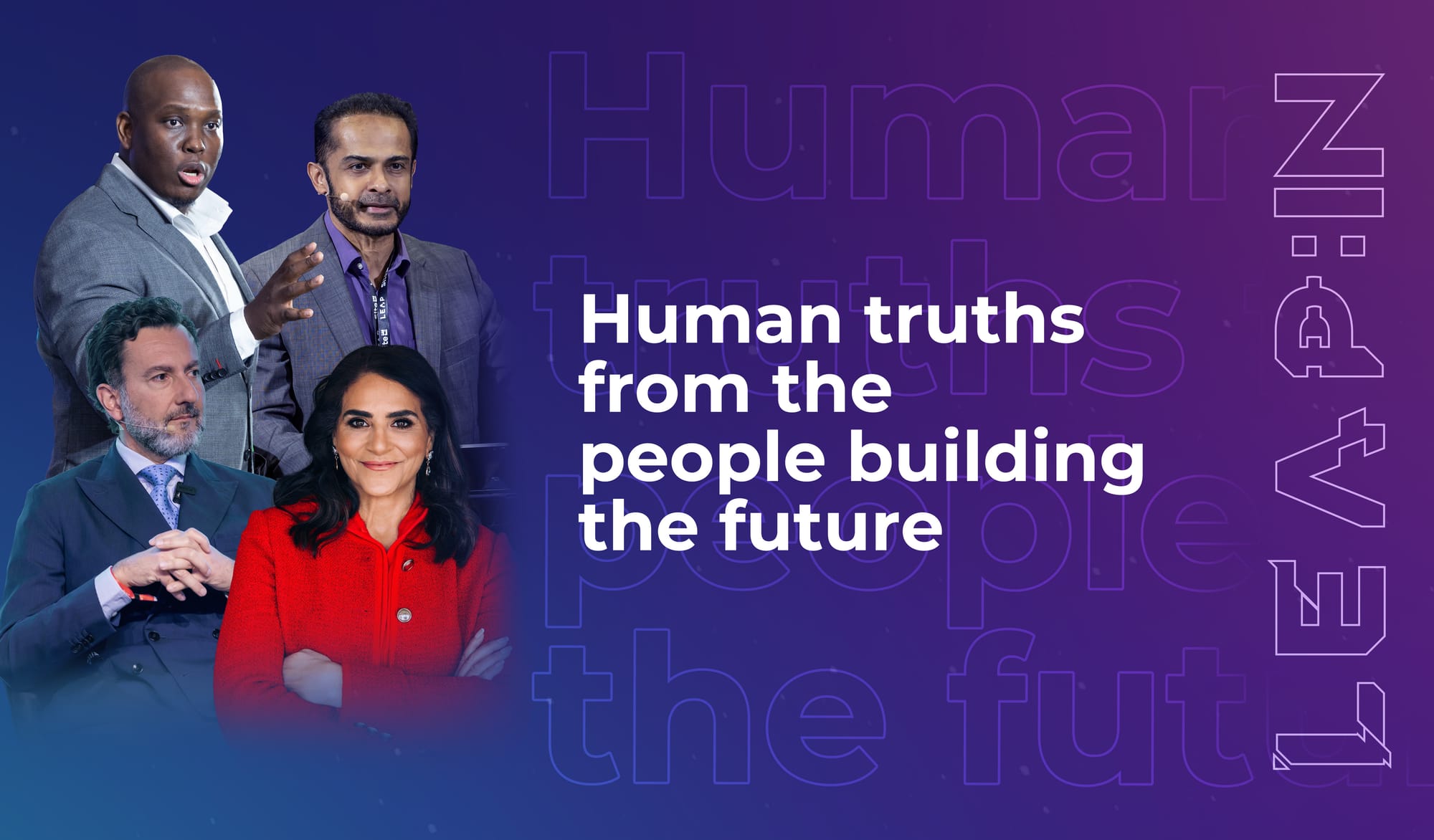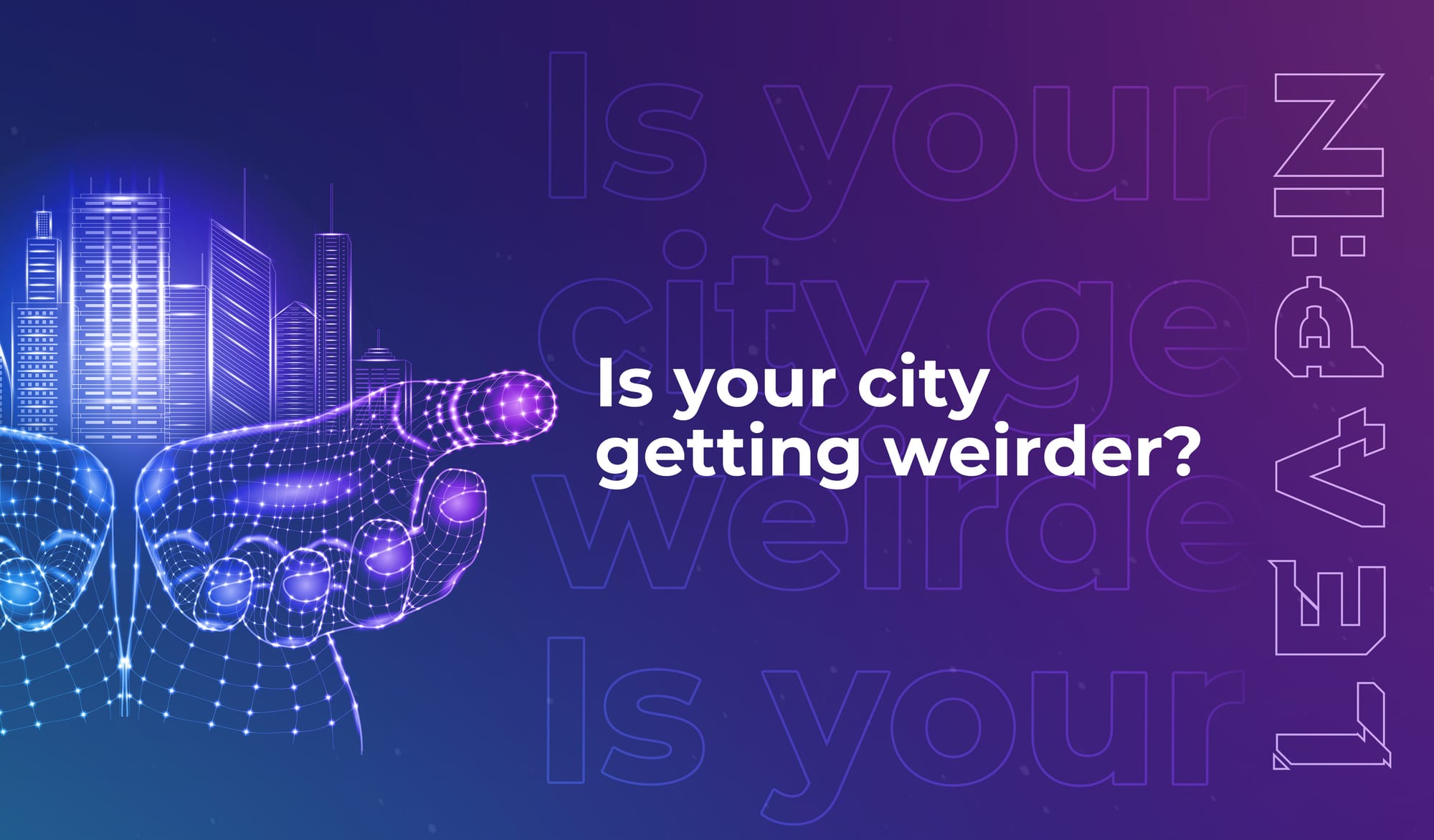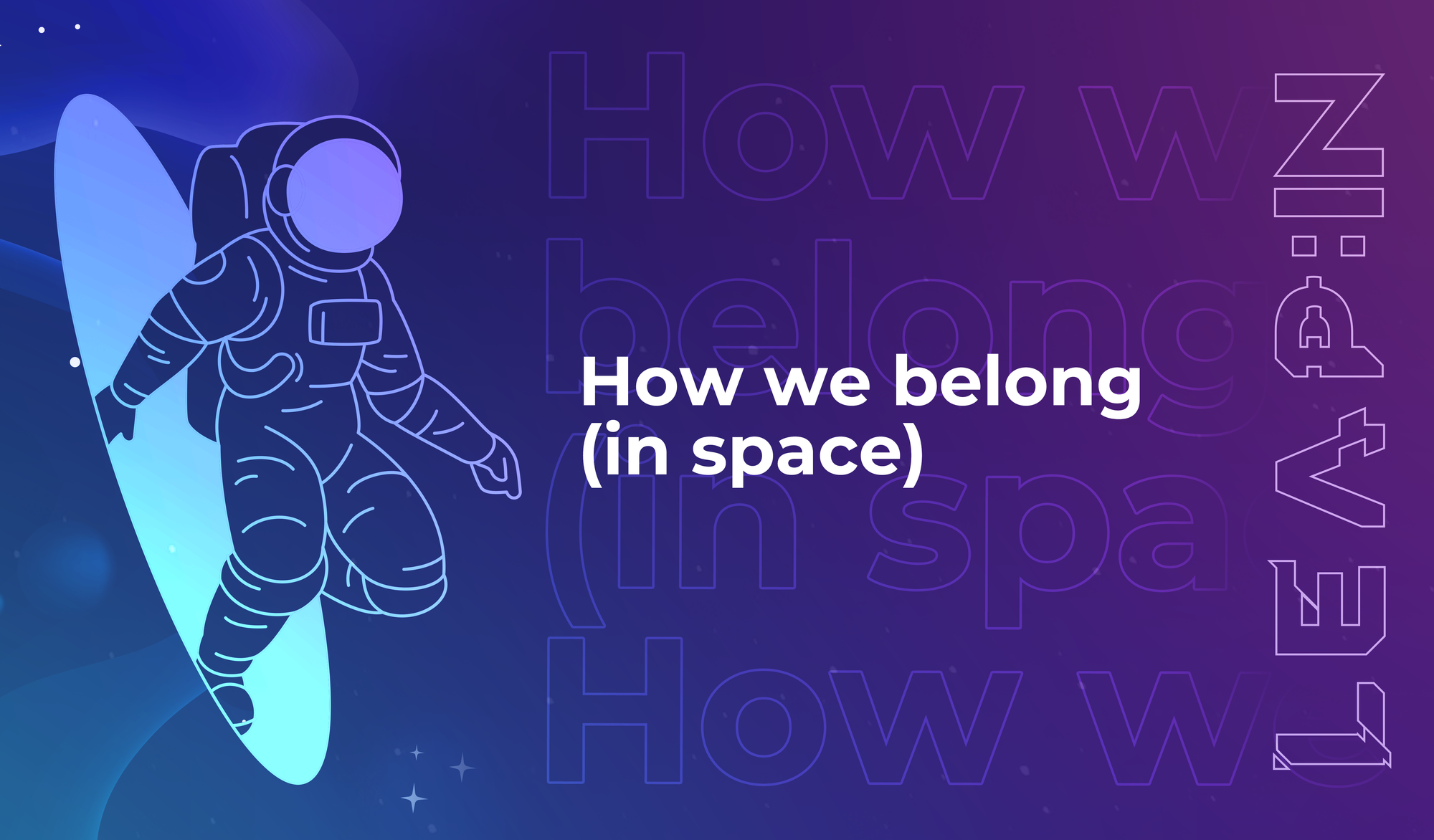

Is your city getting weirder?

Welcome to the 24 new techies who have joined us.
If you haven’t already, subscribe and join our community in receiving weekly tech insights, updates, and interviews with industry experts straight to your inbox.
Be inspired to see tech (and the world) from different perspectives with our weekly delivery of insights, interviews, and inspiration.
This week we’re quoting…
Jane Jacobs (Journalist, Author and Urban Activist)
What Jacobs said:
“The best way to plan for downtown is to see how people use it today; to look for its strengths and to exploit and reinforce them.”
She was writing in 1958
The words above come from an essay Jacobs wrote in 1958, originally published in Fortune. We wrote about it on the blog this week – and here, we want to talk about some of the tech that really is playing to the strengths of cities, and solving the problems people really care about.
Sometimes, smart city tech gets a bit weird. But if you look at how that strange tech is making urban life better, it all starts to make sense.
Smart bins (that’s ‘trash cans’ for our US readers) that talk back
Cities like Malmö in Sweden have bins that speak and joke to encourage people to use them – instead of dropping litter on the ground.
The process of building engagement between people and bins is proving effective; using behavioural psychology (instead of fines and penalties) to make bins a fun and surprising experience that create strong emotions and drive behavioural change.
Robot tree walls that clean the air
Imagine if urban furniture could make the air cleaner? Well, you don’t have to imagine – because it can. Cities including London, Paris, and Berlin have CityTree moss-wall biofilters that work like small vertical forests, and include IoT sensors to gather and monitor environmental data.
Smart manholes to make cities safer
In 2023, 791 manhole covers were stolen in Mumbai. It’s a dangerous problem – creating a hazard for pedestrians and increasing the risk of flooding. So Mumbai’s Brihanmumbai Municipal Corporation (BMC) has piloted the use of smart manholes, with integrated sensors to detect unusual activity.
Pavements that generate electricity
For over a decade, cities around the world have been exploring the use of piezoelectric systems that harness movement and vibrations underfoot to generate electricity. In London, for example, a company called Pavegen built a kinetic walkway that generates electricity from shoppers in the city’s busiest retail street.
And it's not just the energy itself that's useful – it's the data. These pavements track footfall in real-time, giving urban planners valuable insights into how people move through public spaces.
This kind of information helps cities plan more efficient transport links, safer crossings, and better business zones. And all by observing actual human behavior, just like Jacobs advised over half a century ago.
Beneath the surface, tech is informing city design
It might not be visible on the streets, but one of the most exciting new tools in the urbanist’s toolkit is the digital twin. Singapore uses a full digital twin of the entire city-state to test out policy decisions, construction plans, and even traffic flow experiments, before implementing them in real life.
It’s planning by simulation, and it makes urban transformation faster, cheaper, and far more responsive to the needs of real people.
Jane Jacobs believed in cities as living, breathing ecosystems shaped by the people who inhabit them. Today’s best smart city tech doesn’t try to replace that organic life – it tries to support it, respond to it, and build from it.
When it’s used sensitively, tech can help us recognise what people really need from urban environments, and then answer those needs. It can identify a city’s strengths, as Jacobs urged city planners to do; and solve the problems people really care about.
Your city might be getting a bit stranger. Maybe the bins are talking to you, or the street lamps are adapting to natural light in real time. But if that strangeness makes life a little easier, then we’re here for it.
See you back in your inbox next week.
Have an idea for a topic you'd like us to cover? We're eager to hear it. Drop us a message and share your thoughts.
Catch you next week,
The LEAP Team



Build like a Space Architect
5 principles from LEAP’s space speakers that can help us make better tech on
Related
articles



Build like a Space Architect
5 principles from LEAP’s space speakers that can help us make better tech on
